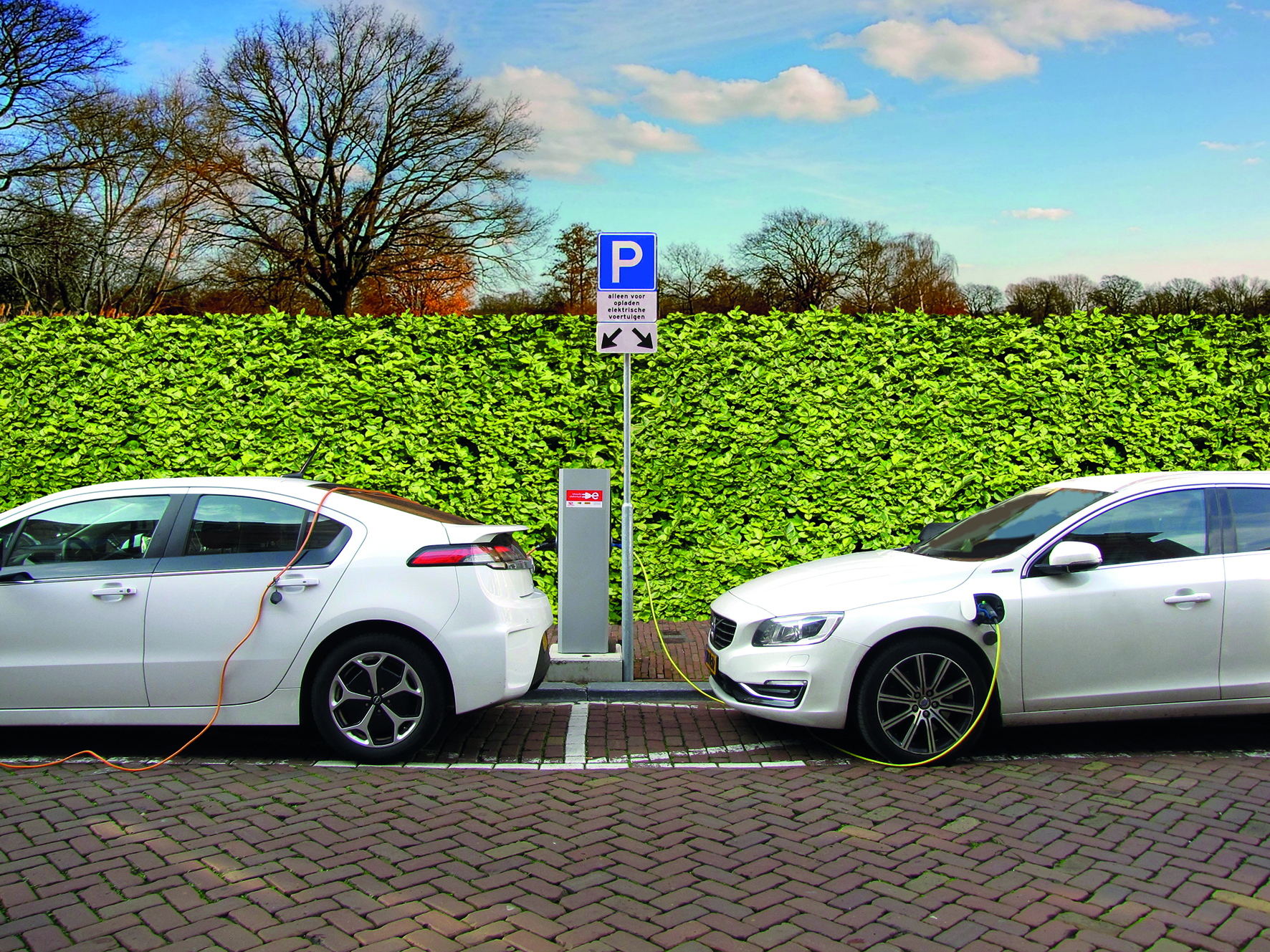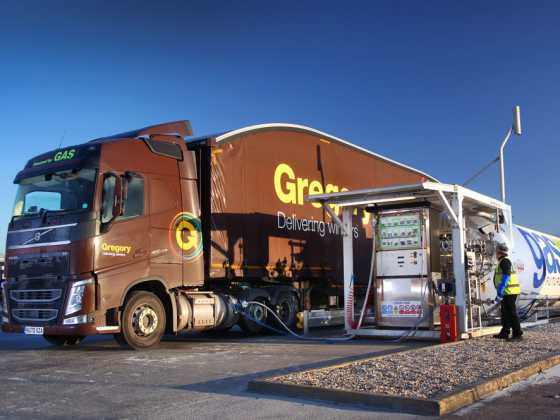Support for local authority EV goals

While the electric vehicle evolution is global, the impacts will be local, and local authorities will be expected to play their part in delivering a robust charging infrastructure. The Renewable Energy Association’s Daniel Brown shares some advice on how local authorities can champion electric vehicles
Do you know what the councils of Watford, Westminster, and Dundee all have in common with the cities of Fremont in California, Hangzhou in China, and Wrocław, Poland? It’s that they all are playing key roles in the electrification of the UK’s car and van fleet.
Change is coming fast. The Committee on Climate Change’s analysis that 60 per cent of car sales need to be electric by 2030 to meet our carbon targets could well be achieved earlier as the manufacturing hubs that are home to Tesla, Geely, and Nissan alike continue to champion battery powered transport.
But while this great electric vehicle evolution may be global, the impacts will be local, and local authorities will be expected to play their part in delivering the affordable, reliable, and accessible EV infrastructure that will allow us to reduce emissions and cut costs for consumers.
Supporting local authorities
Consumer demand for EVs and a growing central government push for the deployment of infrastructure will impact local authorities in a host of ways. Officers need to be thinking ahead about the grants and tax breaks in place, how to encourage complementary technologies such as solar and energy storage, and both sharing and learning from best practice in terms of supporting developers, and the consumer protection schemes that are in place.
That’s why the REA’s EV group has developed a new report ‘Taking Charge: How Local Authorities can champion electric vehicles’, which is designed to support council officers, councillors, developers, and engaged individuals who seek to support this important transition.
The development of the right types of infrastructure, particularly in terms of where it’s located and operated, is critical to both ensuring that the consumer experience of this shift is preferable to the current system – EVs needs to save our citizens money as well as improve our local environment.
Our Taking Charge report puts into the public domain a host of pragmatic proposals, the product of interviews with a range of local authorities and charge point developers by the REA – and the paper is finding support in many corners, from parliamentarians to councillors and local government trade groups.
Taking action
The report proposes a range of actions, including appointing an ‘EV Car Czar’ from the council body to make it easier for charge point developers to rapidly install the equipment needed.
It urges local authorities to make the ‘Milton Keynes Promise’ to ensure that on-street charge points are made available near to those who own EVs.
Other recommendations include making it easier for residents to request on-street charge points, investigating how solar and energy storage technologies can power our cars, and creating an ‘EV Plan’ within the local authority, which allocates a budget and identifies clear deliverables.
Giving benefits for early EV drivers, such as free parking or allowing EVs to use bus lanes is also proposed, as is commiting to purchasing EVs as part of the council’s transport fleet, and/or working with bus service operators and contractors to encourage their fleets to go electric.
The report also suggests establishing an ‘energy board’ of councillors and staff that looks at how the local authority can reduce costs from sustainable energy technologies, and how to introduce new income streams as funding from central government falls.
Another proposal is to ensure residents can find charge points by making them visible and signposted, and connecting local authority websites with the ZapMap API (which lists the charge points and their status across the UK).
Best practice
The REA and its members – not just in the EV group but in our solar and energy storage sectors as well, are seeing remarkable initiatives from local government already.
Dundee in Scotland is championing charging hubs with on-site storage & solar, and others are also realising that it’s not just about environmental progress – this historic shift is creating scope for new LA revenue streams in an era of declining funding. Other groups are also highlighting the opportunity of new technologies for local authorities, such BRE whose recent Solar Carport Guide highlights how revenues can be increased from council parking spaces.
The push for low carbon infrastructure
Local authority initiatives are taking place as the same time as the debate about the Automated and Electric Vehicles Bill progresses in Parliament.
The Bill is presently being considered by the Lords, a number of whom have taken a significant amount of time in researching issues facing the EV market, in understanding the Bill, and in drafting of amendments.
Discussed in the Lords to date include amendments that would compel the government to report on the progress of charge point roll out and that would empower the government to compel stakeholders beyond fuel forecourts (forecourts are already in the Bill) to install charging points, such as commercial properties with public car parks (e.g. supermarkets and football stadiums).
Numerous amendments relate to empowering local government or combined authority mayors. Others also relate to building standards – the REA agrees with the view that new homes and new commercial properties should be built with the appropriate trenching, ducting, and wiring in place so as to make charge point installation in the future faster and cheaper. We would go a step beyond and also make the case for three-phase power supplies to be installed to the door in new homes.
Permitted development rights is another issue on the agenda, which relate to expediting the development of rapid charging hubs, particularly alongside major motorways. A number of developers are developing, or preparing to develop, ‘charging hubs’ across the UK, an example of which is new market entrant Pivot Power who in late May proposed 45 sites for rapid charging hubs (notably each with a 50MW battery storage system on-site).
National Grid has it’s own plans for 50 ‘ultra‑rapid’ charging hubs strategically located across the UK near major motorways.
The government is committed to low-carbon transport and it’s clear, in our view, that the direction of travel in the UK for cars and vans is electric. It’s not just Fremont California or Hangzhou China that is gearing up for this new age – in February we saw advanced plans emerge from the European Commission for a ‘Battery Alliance.’ Vice-President for Energy Union Maroš Šefcovic stated that “to capture this market, or a great part of it, we need between ten and twenty Giga factories in Europe” which could equate to as much as EUR 20bn in investment. To facilitate it, the Commission has its own action plan, targeting building regulations, planning permissions, and local charge point rollout – not so different from the crux of the debate in Britain. As Šefcovic notes, however, speed will be key.
As such it follows that the development of major EV infrastructure should be seen as in the strategic national interest and charging hubs should be given the ability to deploy quickly – and be extended rights similar to those in the telecoms industry.
Conclusion
With local authorities on the front lines, new income streams for them potentially on the table, and the opportunity for the nation to win a market share in the time of clean technology manufacturing, we should look to the Prime Minister’s Ultra Low Emission Vehicle Summit now formally set for the 11-12 of September. The interim is a good period to plan, coordinate, and in September demonstrate to policy makers, ministers, and businesspeople from across the world what can be achieved in Britain.






